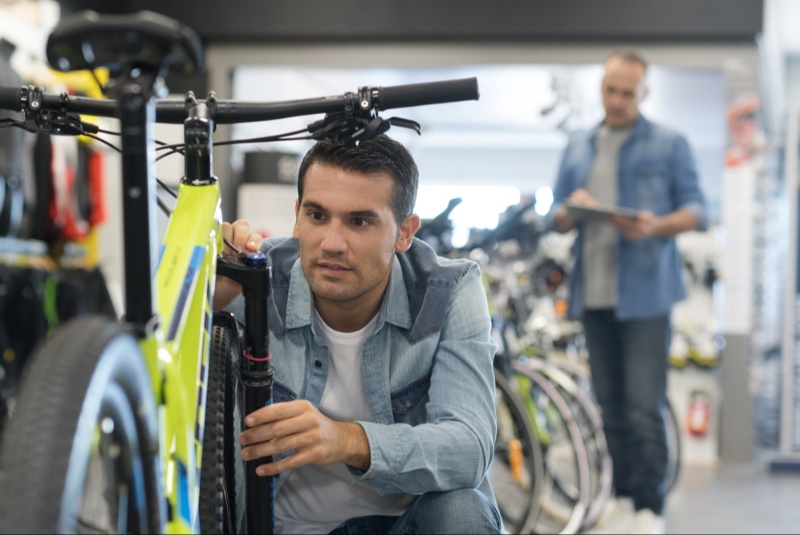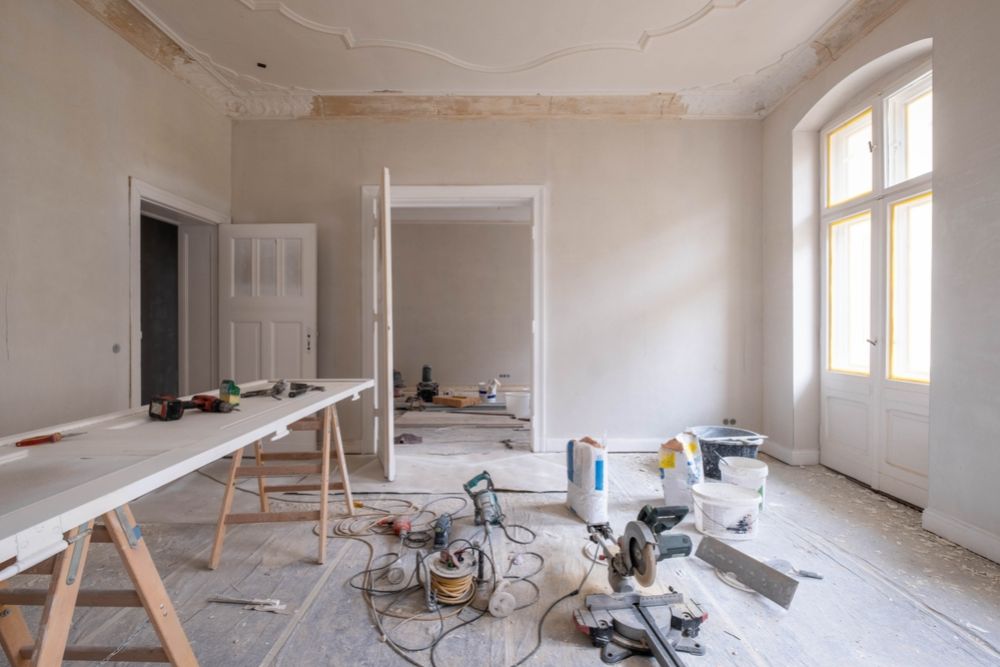Purchasing a new bicycle is an exhilarating experience. Whether you’re a beginner eager to explore cycling or an experienced rider looking to upgrade, the market is filled with choices that can make shopping for the ideal bike overwhelming. From selecting the right type to picking the right size, numerous factors go into making an informed choice.
Understanding Your Needs
Before diving into the technicalities of bike specs and features, it’s essential to identify why you’re buying a bicycle and what you need it for. Here’s a look at the key aspects of determining your requirements:
1. Identify the Purpose
Why do you want a bicycle? Different riding purposes call for different types of bikes. Here are some common purposes and how they relate to bicycle choices:
- Commuting: If you’re buying a bike for daily commuting, look for models that prioritize comfort, durability, and ease of maintenance. Features like upright seating positions, fenders, and lights are a plus.
- Fitness: Fitness-oriented riders may prefer lightweight road or hybrid bikes that facilitate a smoother and faster ride.
- Recreational Riding: If weekend trails and scenic paths are your go-to, consider a versatile hybrid or mountain bike that can handle mixed terrains.
- Long-Distance Touring: Touring bikes are built for durability, comfort, and carrying capacity. Look for one with mounts for panniers and a frame designed for endurance.
Knowing your primary purpose will help you narrow down the bike types that align best with your lifestyle and cycling needs.
2. Consider Your Fitness Level
Your fitness level can greatly influence your choice. If you’re new to cycling, you might want a bike that’s easy to handle, possibly with fewer gears to keep things straightforward. On the other hand, experienced riders who plan on challenging themselves with speed or trails may prefer bikes with more gear options and performance-oriented designs.
Choosing the Right Bicycle
Once you’re clear on your purpose, it’s time to explore the different types of bicycles available. Each type is designed for specific terrains and uses, so understanding their distinctions will guide your choice.
3. Bike Types
The primary types of bicycles include:
- Road Bikes: Lightweight with slim tires, road bikes are built for speed on paved surfaces. They’re great for fitness and commuting on city roads, but not ideal for rough terrains.
- Mountain Bikes: These are designed for rugged trails, with wide tires, sturdy frames, and a suspension system that handles shocks. They are heavier and slower on pavement, making them ideal for off-road enthusiasts.
- Hybrid Bikes: A cross between road and mountain bikes, hybrids are versatile and suitable for both city streets and light trails. They offer a balanced riding position and moderate tire width, making them ideal for general use.
- Electric Bikes: Equipped with a motor, electric bikes give you a boost while pedaling, making commutes less strenuous. They’re perfect for city riders who want a faster, less physically demanding experience.
Choosing the right type based on your riding environment and frequency of use will ensure you’re comfortable and get the most out of your investment.
4. Size Matters
Selecting the correct bike size is crucial for both comfort and safety. Bikes come in various frame and wheel sizes, which are typically based on the rider’s height and inseam measurement. Here’s how to ensure you choose the right size:
- Frame Size: The frame size is key to comfort. Most brands offer sizing charts, so use your height and inseam measurements to select the correct frame.
- Wheel Size: Standard adult bikes typically have 26-inch or 29-inch wheels, while youth models often feature smaller sizes. For adults, larger wheels are preferred for speed and efficiency.

A bike that fits well will prevent discomfort, reduce the risk of injury, and give you a more enjoyable riding experience.
Budget and Brand
Budget plays a big role in the type of bike you can afford. Setting a realistic budget ensures you’re aware of all potential costs involved, from the bike itself to necessary accessories.
5. Establish a Budget
When budgeting for a bicycle, keep in mind that a quality bike is an investment in your comfort and safety. Here’s a rough guide to what you might expect to pay:
- Entry-Level: $300–$500 for basic commuting or recreational bikes with simple features.
- Mid-Range: $500–$1,000 for bikes with enhanced durability, comfort, and additional features like suspension.
- High-End: $1,000+ for specialized bikes with top-tier components, suitable for avid cyclists or specific uses like racing or intense mountain trails.
Don’t forget to allocate part of your budget for essential accessories like helmets, locks, and lights, which enhance safety and functionality.
6. Research Brands
Different brands have their unique strengths, and selecting a reputable brand often means better customer service, warranty support, and reliability. Look for brands that have consistently good reviews and a solid track record in producing quality bikes. Giant, Trek, Specialized, and Cannondale are some popular brands known for various types of bicycles.
Testing and Finalizing
Taking the time to test and compare different models helps in finding the right fit for you. Here’s how to go about it.
7. Test Rides
Once you have a few options in mind, go for a test ride. Testing the bike allows you to get a feel for:
- Comfort and Fit: Does the bike feel comfortable? Are the handlebars and saddle height right for you?
- Handling: Evaluate how well the bike maneuvers, especially around turns or obstacles.
- Braking: Test the responsiveness and ease of the brakes to ensure safety.
A test ride is the best way to experience the bike’s performance firsthand and make any necessary adjustments before purchasing.
8. New vs. Used
While buying a new bicycle provides peace of mind with warranties and brand-new components, used bikes can be a cost-effective option. Consider the following:
- New Bikes: Offer warranty, latest technology, and a range of models. However, they come with a higher price tag.
- Used Bikes: More affordable, but require a thorough inspection. Look for signs of wear, especially in the chain, tires, and frame, to avoid expensive repairs later.
If you’re leaning towards a used bike, it helps to bring along someone with mechanical knowledge to evaluate the bike’s condition.
Accessorizing Your Bicycle
Accessories enhance both safety and comfort. Let’s explore the essentials.
9. Essential Accessories
Some accessories are indispensable, especially for commuting or recreational rides. The essentials include:
- Helmet: Protects your head and is a must-have for safety.
- Lights: Front and rear lights are crucial for visibility, especially when riding at night or in low-light conditions.
- Lock: A secure lock will protect your investment from theft.
- Puncture Repair Kit: This kit, along with a portable pump, can be a lifesaver in case of a flat tire.
These accessories improve your safety, ensure compliance with road regulations, and make for a more convenient ride.
10. Customize for Comfort
Consider upgrading the saddle, handlebar grips, or pedals to suit your preferences. Many riders find that these adjustments lead to a more enjoyable ride, especially for long-distance or regular use.
Maintenance
Owning a bicycle requires basic maintenance to keep it in good condition. Here are some tips to keep your bike in optimal shape.
11. Regular Maintenance
Regular checks are essential to keep your bike running smoothly and safely. Key areas to focus on include:
- Tire Pressure: Keeping the right tire pressure improves handling and prevents flats.
- Chain Lubrication: Regularly lubricating the chain prevents rust and ensures smooth shifting.
- Brake Check: Test the brakes regularly for responsiveness and adjust as needed.
Routine maintenance extends the lifespan of your bicycle and minimizes the need for repairs.
12. Learn Basic Repairs
Knowing how to handle minor repairs, like fixing a flat or adjusting the seat, can save you time and money. Numerous online tutorials provide step-by-step guidance, helping you become more self-reliant.
Buying a bicycle requires more than just picking a model off the shelf. It involves considering your needs, understanding the different types and features, and selecting a bike that fits both your body and lifestyle.




